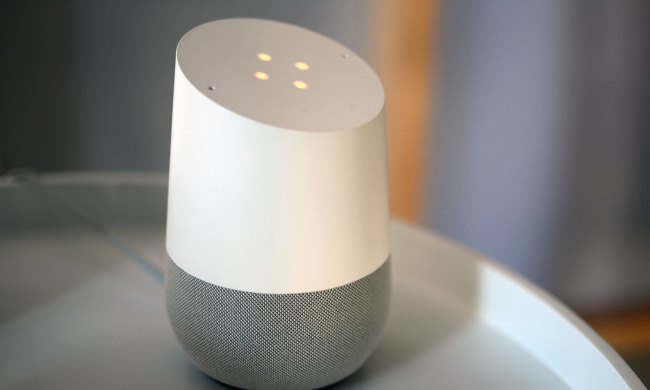
After a lengthy public preview, the new Google Home app is officially launching on May 11. The redesign boasts a few highly requested features, along with a fresh UI that makes it easy to navigate even the most cluttered of smart homes.
Announced during Google I/O, the new Google Home app features five tabs — Favorites, Devices, Automations, Activity, and Settings. Upon launching the app, you’ll be greeted by the Favorites tab, where you’ll find a list of your most-used gadgets. Devices are also automatically placed into categories such as Lighting and Cameras so you can quickly bounce between menus without any fuss.

The Activity tab will be a frequent destination for power users, as it allows them to get a detailed look at all the alerts and notifications from every smart home device in their home. There’s also an Inbox that highlights important updates, issues, and even subscription reminders.
If you’re an iOS user, you’ll be happy to hear Matter support has finally been extended to Apple products. So long as you’re running iOS 16.5 or later, you can control and activate Matter devices in the Google Home app from your iOS smartphone or tablet.
You’ll also find an improved Wear OS Home app, which launches May 15 and should make it easier to view your camera notifications or check in on your Favorites tab.
It’s not all good news, however, as only the first-gen Nest Cam Indoor and Nest Cam Outdoor are fully supported by Google Home. That functionally won’t roll out until July — and it’s unclear when (or if) the rest of the lineup will follow.
All told, this is a pretty big improvement for Google Home. While the app has long been a popular destination for smart home users, this massive overhaul brings tons of cool functionalities that make it an even more fearsome competitor for both HomeKit and Amazon Alexa.



